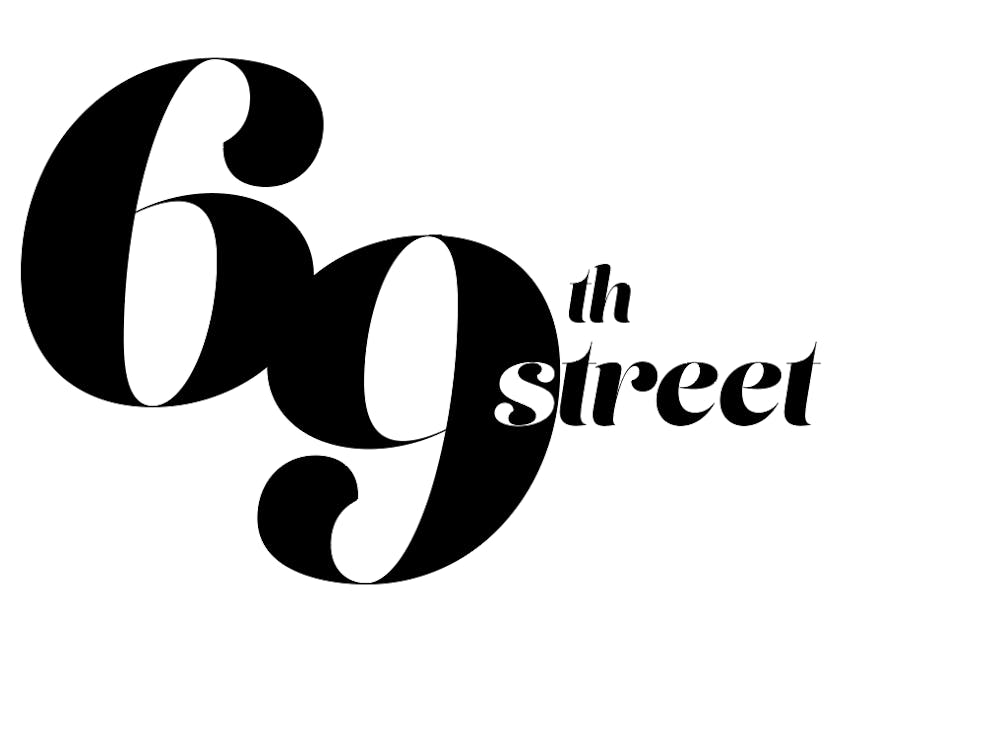Anyone else feel like they got the majority of their sex education from Netflix?
You’re not alone if you do. The deeper our sensationalized consumer culture delves into streaming services and the flash fiction of social media, the more the teenage experience is put on display—most prominently, teenage sex. But how accurate are these portrayals of high school on Hulu and HBO? How honest are the social media influencers and bloggers that we subscribe to?
My very limited sex education in middle school involved juvenile iMovie presentations on STDs, spontaneous classroom rounds of applause in reference to gonorrhea’s street name, and a BuzzFeed exposition on period–proof underwear. Worse was my high school sex education: It didn't even exist. New Jersey schools supposedly have some of the heaviest course loads when it comes to sex education. Yet, my public high school got away with never once hosting the dreaded 'sex talk.'
Considering the discrepancy between my own educational experiences and the law, I’m not surprised to learn that my high school wasn’t alone in providing an insufficient sex education. Emiliano Castillo (C '24) says that in his high school sex ed classes, “they tried really hard to skirt around the topic of actual sex,” providing “little to no talk of forms of protection, and definitely no talk of anything outside the norm, like different sexualities.”
Perhaps even more concerning than what high schools omit is what they actually teach students. According to the Guttmacher Institute, only 17 states in the United States mandate that sex education instruction be “medically accurate,” six states mandate that only “negative information be provided on homosexuality,” and 29 states require that abstinence be stressed. The last requirement reminds me of something stand–up comedian Taylor Tomilson once joked: “They used to tell us, ‘The safest sex is no sex,’ which is a lot like saying, ‘The safest travel is books.’”
Meanwhile, Generation Z finds itself immersed in a digital age that has a very different approach to sex education: porn. I’m not talking about the sketchy internet searches that might give your computer a virus if you click on the wrong icon. I’m talking about my Game of Thrones fanatics, Bridgerton bingers, Gossip Girl indulgers, and Cosmopolitan lovers. Since streaming has become available to the masses, TV watching has become a much more intimate experience available anywhere on nearly any device.
Streaming services now make it possible to put explicit content in shows and movies that would normally be banned from mainstream television. Now, it seems like almost all the hit shows available are too erotic to watch in the living room with your family. The idea of a 'family movie night' is almost impossible when you’re anxiously awaiting the cringe–worthy sex scene that will spoil the evening.
But more important than the decrease of family TV time is how hypersexualized entertainment impacts our generation. Binge–worthy Netflix shows like One Tree Hill, Elite, and Riverdale portray overly sensationalized versions of high school teens played by 20— and 30–year–old actors—almost all of whom are incredibly sexually active. And though sexuality should be taken into account when depicting adolescence, many young people feel disconnected from the worlds that supposedly represent their intimate experiences.
“[Sex is] presented as something that will just naturally occur in high school,” says Emiliano. “It sets up this expectation that suggests anyone who doesn’t have sex in high school is late.” Compounded with the insecurities that spawn from these inaccurate representations of adolescence, Emiliano also noted that such content pressures young people to “go the extra mile” in their relationships “even if they’re not comfortable.”
Nonconsensual encounters are one of the major issues stemming from a lack of formal sex education and an overinfluence of media and television. Even when provided with access to protection, young people are still at high risk of sexual violence and rape. Our education systems are failing young generations by not having honest conversations about sex, which puts adolescents at greater risk of sexual misconduct and assault.
College campuses are notorious environments for sexual violence. Shipping girls off to school with whistles and pepper spray might be enough to ward off an unwanted perv on Locust Walk, but we’d be fooling ourselves by believing these tactics are sufficient to address the very real threats for students at Penn. In a 2019 study, over 25% of female undergraduates reported having experienced unwanted sexual contact since starting college. Braced with this fact, it seems even our current education system prefers to turn a blind eye to the needs of students when confronted with the pressing issues of sex education.
So what’s the right balance? How much sexual content is too much? How much censorship is denying our youth access to truth? Perhaps we should try to find a middle ground between the hypersexualized media and erotophobic parental guidance features. But no matter what, the best way to earn your sex education degree is by having an honest conversation with another human being, not with your cellphone.







